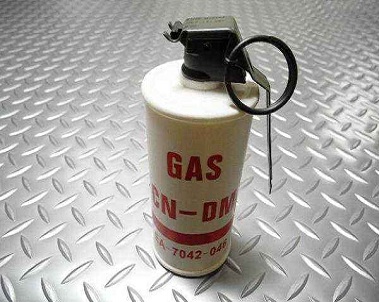Brief Historial Introduction of Tear Gas-dayuchemical
 May 23,2023
May 23,2023

During the first world war tear gas began to spread widely against humans. In 1912, before the outbreak of World War I, France had used Ethyl bromoacetate as a tear gas for police duty. Later, when World War I broke out, the defending French army on the western front, Perle (Ypres), used a grenade containing ethyl acetate to fight the Germans. Then the Germans actively put in research and development to allow tear gas to flourish on the battlefield.
After World War I, the Geneva agreement of 1925 banned the use of suffocating, toxic gases, liquids, substances, or microorganisms - and, of course, tear gas. However, the agreement was aimed at the norm during the war, and there was still a different view as to whether tear gas or emetic (such as two aniline, chlorine, or arsine) could be used in riot action. That is why we are still able to see the police using tear gas in many mass movements around the world.
In recently days, tear gas has two forms: tear gas powder and tear gas liquid, also called teargas powder and teargas liquid, or cs powder and cs liquid. CS has widely used as a chemical raw materials in industrial areas.


 Tel: +86136 6925 2575
Tel: +86136 6925 2575 


 Home
Home Dayu Chemical Materials Industry Prospect
Dayu Chemical Materials Industry Prospect  You May Also Like
You May Also Like




 Tel
Tel
 Email
Email
 Address
Address








